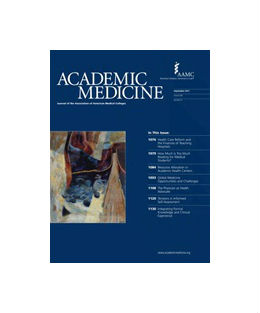Standardized patients (SPs), now a mainstay of the undergraduate medical education experience, are beginning to play larger roles in helping students build competencies to better serve patients who have disabilities, in educating students about the lived experiences of persons with disabilities, and in testing students’ understanding of disability-related issues. In this article, the authors discuss several U.S. training programs that involve SPs who have disabilities or SPs who do not have disabilities but who portray patients who do. The authors review the goals of each program (e.g., to provide students with opportunities to gain experience with patients with disabilities), describe their commonalities (enhancing students’ interview skills) and differences (some programs are educational; some are evaluative), and summarize the evaluative data of each. The authors also explore the benefits and challenges of working with SPs with disabilities and of working with SPs without disabilities. Finally, they consider the practical issues (e.g., recruiting SPs) of developing and implementing such programs.
Journal Article
Teaching Medical Students About Disability: The Use of Standardized Patients

